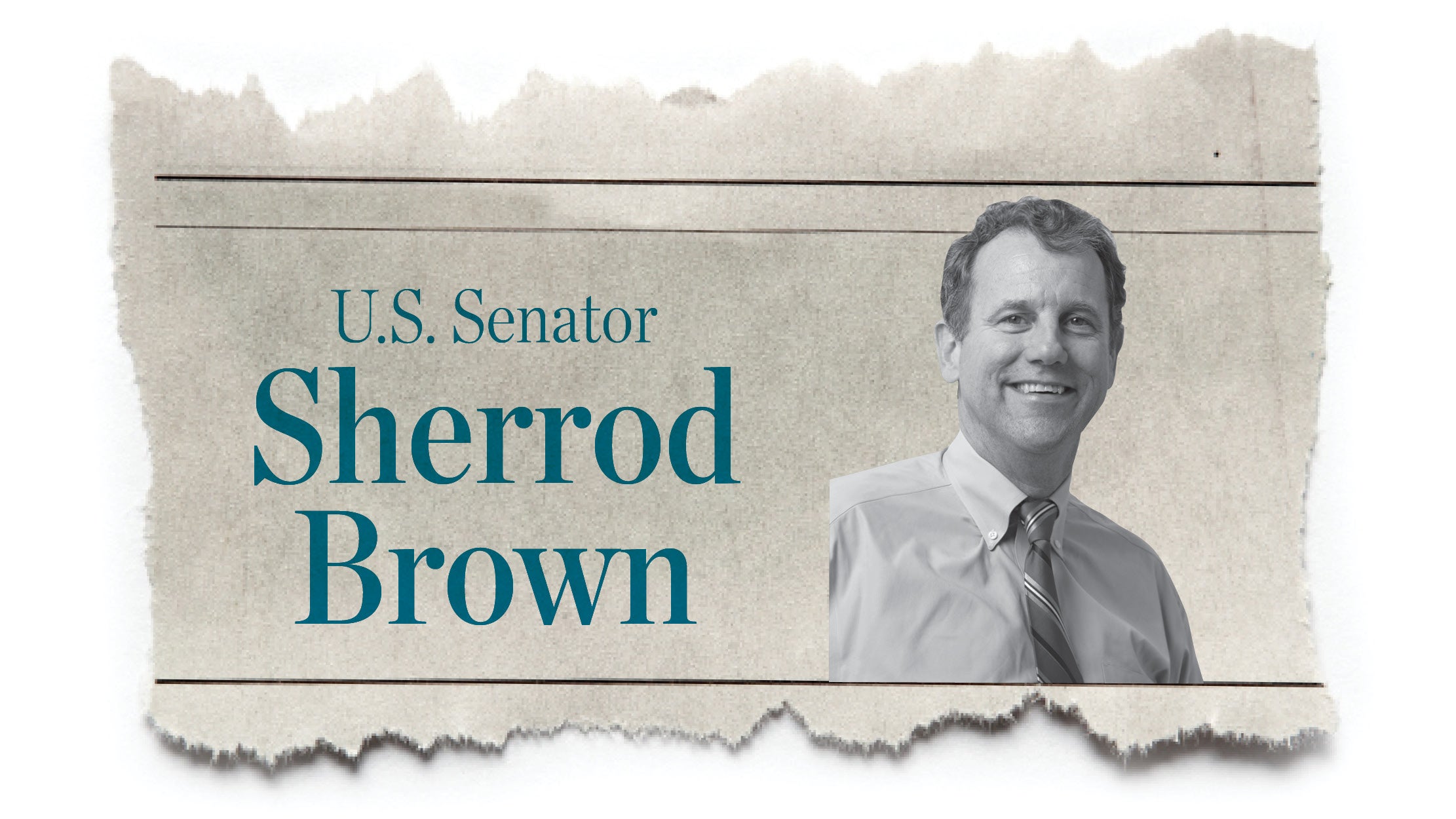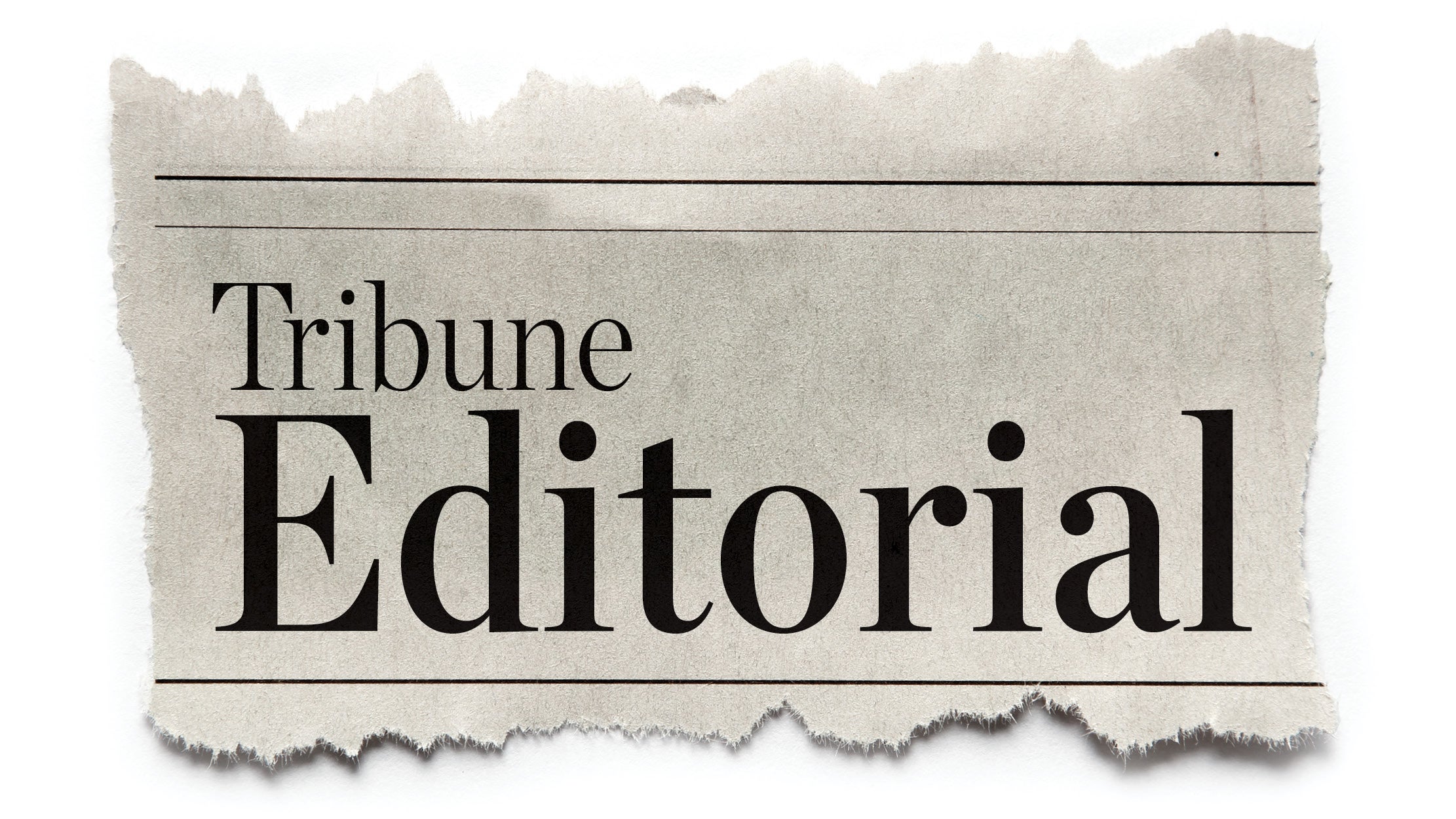Student loans pushing grads into vicious cycle
Published 9:55 am Friday, April 13, 2012
The government began underwriting student loans in 1965. On paper, it was — and, when properly overseen, still is — a good idea.
Students who otherwise couldn’t afford to attend college could do so on low-interest government loans and repay them with the earnings from the presumably more lucrative jobs to which a college degree gave them access.
Now student loan debt, in figures calculated last year, is over $1 trillion, more than Americans owe on their cars and credit cards. …
The average loan debt is $25,000, up 25 percent in 10 years; more than 80 percent of those loans are government guaranteed, meaning taxpayers are on the hook for the money.
A vicious circle is at work. College graduates, unable to find work or unable to find work well-paid enough for them to repay their loans, are returning to college, incurring even more debt.
And there’s another vicious circle at work. Tuition increases typically outpace inflation, making the cost of college ever higher in real terms. …
Federal Reserve figures show that nearly a third of student borrowers who have begun trying to repay their loans are delinquent on their payments. And it’s not just young people starting out. The Fed says Americans 60 and older still owe $36 billion for their student loans. …
Once a loan is delinquent, the government can bring its vast collection powers to bear, garnishing wages, tax refunds and Social Security benefits. And student loans cannot be discharged through bankruptcy, a protection Congress also extended to private lenders in 2005.
The problem for the larger economy is that debt-burdened young people postpone such economically vital activities as getting married, and buying and furnishing a home.
If there’s a frugality lesson here, it is being ignored.
Kent-Ravenna Record-Courier
Obama, EPA trying to kill coal-based power industry
The Environmental Protection Agency is stepping up its war on coal-fired power plants, imposing first-ever limits on carbon emissions for new electric utility facilities. Ostensibly, this administrative over-reach is to fight pollution and reduce global warming.
Those claims are disingenuous. Carbon dioxide is a trace gas necessary for life, not a pollutant. Its emissions have scant, if any, relationship to global temperatures ….
What the diktat is certain to accomplish, however, is dramatic increases in electricity prices and the devastation of coal-generated power industry ….
The administration’s decision makes it all but impossible to build new coal-fired power plants. New plants would have to be fitted with carbon-capture technology that doesn’t exist. The rules also limit CO2 and other greenhouse gas emissions to slightly more than half of what coal plants typically emit now.
Some environmentalists were disappointed the government didn’t apply the regulation to existing plants. But even administration zealots must realize that would have destroyed the energy industry — and, oh yeah, that would ruin President Barack Obama’s election chances in must-win Ohio.
The government says coal generated 42 percent of U.S. kilowatt hours in 2011. …
Although Energy Secretary Steven Chu recently backed off his 2008 comments that “somehow we have to figure out how to boost the price of gasoline to the levels in Europe” to force Americans to switch to alternative energy, it’s clear the administration continues to pursue its costly top-down transformation of America.
Perhaps Congress can reverse this harmful trend. If not, voters are likely to consider it in November.
The Lima News





